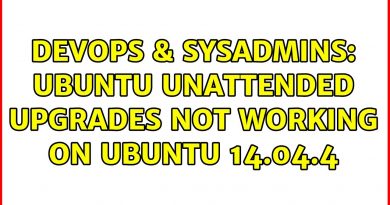Introduction to Android Programming
The lifecycle methods of an Android activity represent different stages of its existence, from creation to destruction.
onCreate(): Called when the activity is first created. This is where initialization occurs.
onStart(): Called when the activity becomes visible to the user.
onResume(): Called when the activity starts interacting with the user. This is typically where animations and audio playback start.
onPause(): Called when the activity is partially obscured by another activity. This is where you should pause ongoing operations.
onStop(): Called when the activity is no longer visible to the user.
onRestart(): Called after the activity has been stopped, prior to it being started again.
onDestroy(): Called before the activity is destroyed. This is where you should release resources.
Android Architecture –
1. Linux Kernel: Core of Android OS, manages memory, processes, hardware, and security. Forms the foundation, ensuring hardware compatibility.
2. Platform Libraries: Native C/C++ libraries for graphics, multimedia, networking, optimizing app performance at a low level.
3. Android Runtime (ART): Executes apps, includes runtime environment, libraries. AOT compilation improves performance, enhanced garbage collection.
4. Application Framework: Offers APIs, components like activities, services, abstracting complex functionalities for developers, facilitating feature-rich apps.
5. Applications: Built on Application Framework, run as separate processes, utilize framework APIs for system services, hardware interaction, providing various functionalities.
Components ensure robust, flexible platform for app development, ensuring compatibility, performance, security, ease of development.
by Anindita Das Bhattacharjee
linux foundation




Thank you very much mam 😢
ei sob gulo clg er syllabus a kano thakena??😅😅